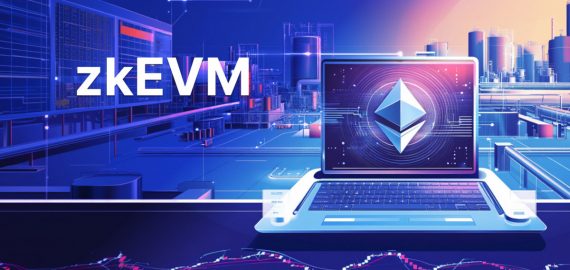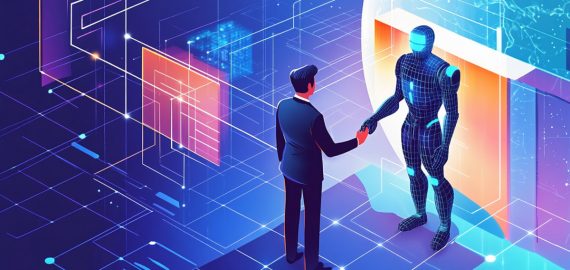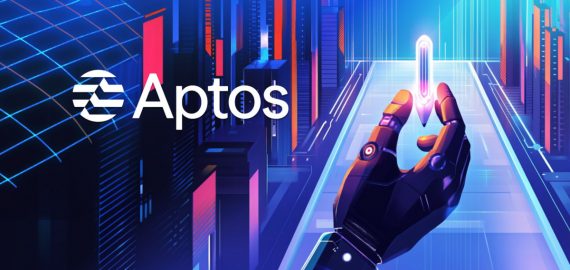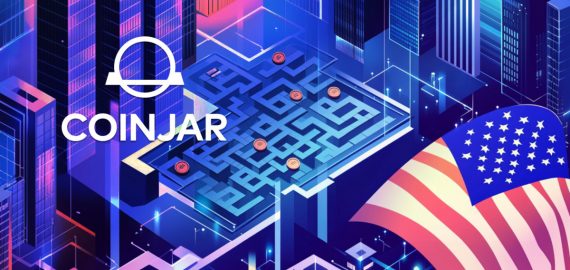How io.net’s is Powering a Global, Decentralized Cloud


In Brief
Gaurav Sharma, CEO of io.net, envisions a “decentralized AI cloud” powered by global contributors—not tech giants—aiming to break Big Tech’s grip on compute and put AI infrastructure back in the hands of builders.
In a world increasingly reliant on artificial intelligence, access to high-performance compute has quietly become one of the most influential choke points in tech. Gaurav Sharma, CEO of io.net, is on a mission to fix that—by decentralizing it entirely.
Speaking with us at Hack Seasons, Sharma laid out a vision of compute infrastructure that isn’t owned by the tech giants but powered by a global network of contributors—GPU miners, data centers, and everyday users—who together form what he calls the “decentralized AI cloud.”
“AI today is effectively monopolized by three companies: Amazon, Google, and Microsoft,” Sharma said. “We’re here to break that model and return power to the builders.”
From Web2 Scale to Web3 Purpose
Sharma’s background reflects a deep understanding of internet-scale systems. Prior to io.net, he spent over a decade building large-scale platforms, including hotel and flight booking engines serving more than 100 million users. He’s also led development of KYC infrastructure used by over 200 million people globally.
But it was witnessing the centralization of AI infrastructure that catalyzed the creation of io.net.
“The builders were being priced out of innovation,” he said. “We wanted to give them the resources they need to compete and create, without being beholden to a few centralized players.”
A Global Mesh of Compute
At the core of io.net is a globally distributed GPU network spanning 130+ countries. Instead of building centralized data centers, io.net enables anyone with spare compute—from individuals with gaming rigs to data centers with underused infrastructure—to contribute to the network through a lightweight docker-based module known as the IO Worker.
“Think of it like the Airbnb of compute,” Gaurav explained. “Just like Airbnb unlocked hotel inventory by letting anyone rent a room, we’re unlocking GPU power from all over the world.”
This decentralized approach offers a massive advantage: lower latency and higher availability, with compute often closer to the user than in traditional cloud zones. More importantly, it’s up to 70% cheaper than legacy providers.
“Because we don’t own the infrastructure, we don’t pass those overhead costs to customers,” he said. “Our users only pay for the compute they use.”
Built for Real-World AI Workloads
Sharma emphasized io.net’s flexibility in supporting everything from distributed inference to large-scale model training. Whether a user needs 1,500 GPUs in one country or a distributed cluster across continents, the platform can deliver thanks to strong relationships with compute suppliers.
“We’re not just theorizing scalability,” Sharma said. “We’ve already hit over $40 million ARR, and this growth is coming directly from developers who are saving money and scaling faster.”
Scaling with Purpose
With foundational demand and supply in place, Sharma says the focus now is enabling a smoother Web2-to-Web3 transition through practical features like Kubernetes support, virtual machines, and “bring-your-own-model” functionality.
These aren’t just aspirational roadmaps—they’re already in the engineering pipeline, guided by a proven blueprint from Sharma’s enterprise experience.
“We’re executing, not experimenting,” he said. “And the more we deliver, the more the word spreads. That’s the power of this space—it’s community-led.”
A Builder’s Builder
Sharma’s energy at Hack Seasons was infectious. For him, these events aren’t just about business development—they’re about recharging creatively.
“As builders, we often get tunnel vision. Events like this are where we connect, reality check, and get inspired again,” he said.
With io.net’s trajectory, it’s clear Sharma and his team are more than just building infrastructure—they’re reshaping access to the future of AI. One GPU at a time.
Disclaimer
In line with the Trust Project guidelines, please note that the information provided on this page is not intended to be and should not be interpreted as legal, tax, investment, financial, or any other form of advice. It is important to only invest what you can afford to lose and to seek independent financial advice if you have any doubts. For further information, we suggest referring to the terms and conditions as well as the help and support pages provided by the issuer or advertiser. MetaversePost is committed to accurate, unbiased reporting, but market conditions are subject to change without notice.
About The Author
Victoria is a writer on a variety of technology topics including Web3.0, AI and cryptocurrencies. Her extensive experience allows her to write insightful articles for the wider audience.
More articles

Victoria is a writer on a variety of technology topics including Web3.0, AI and cryptocurrencies. Her extensive experience allows her to write insightful articles for the wider audience.

















































